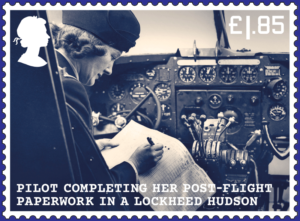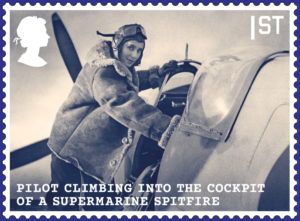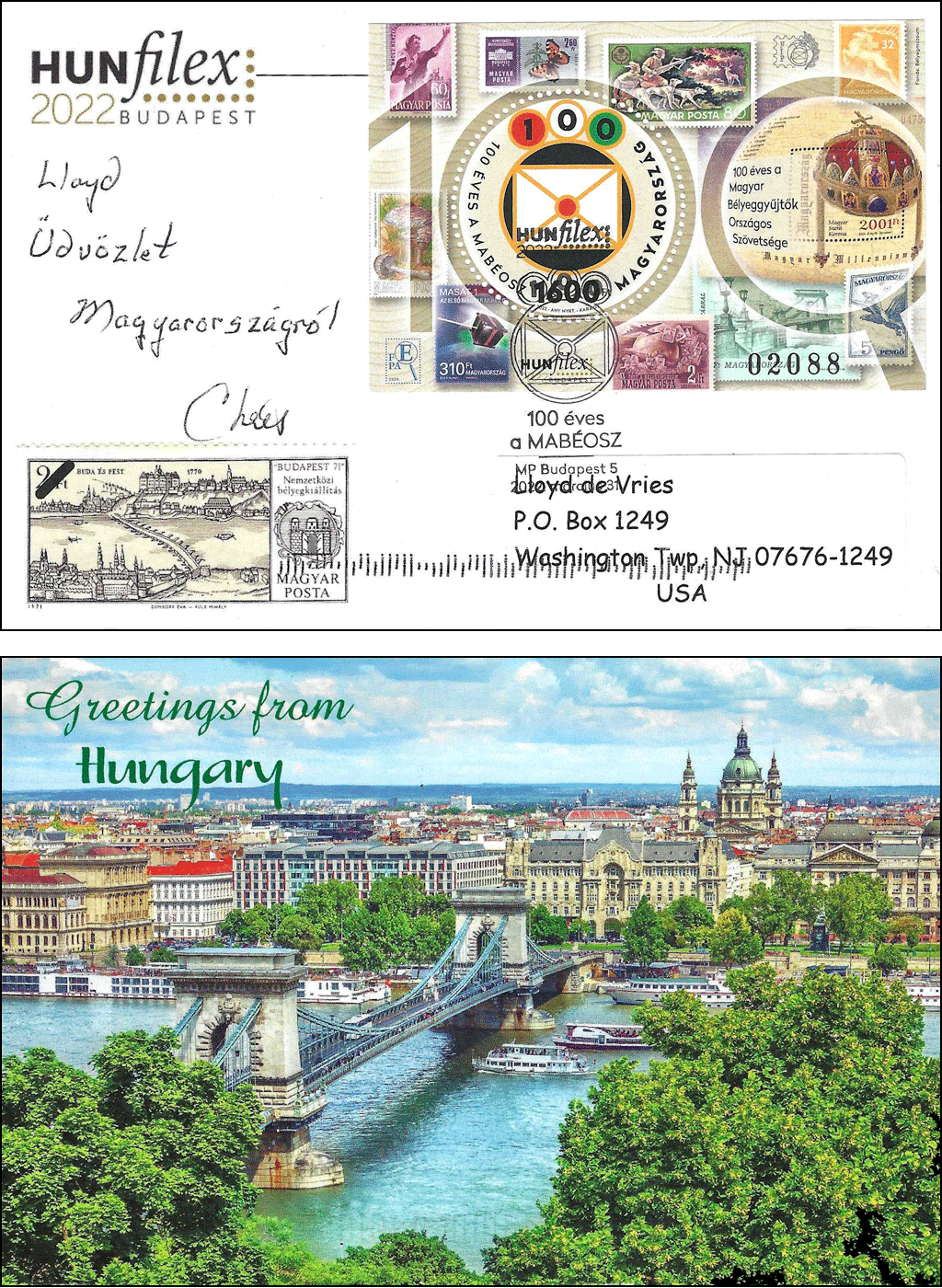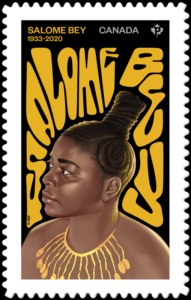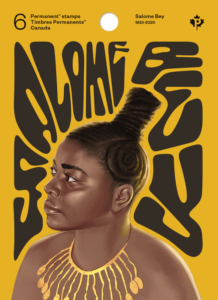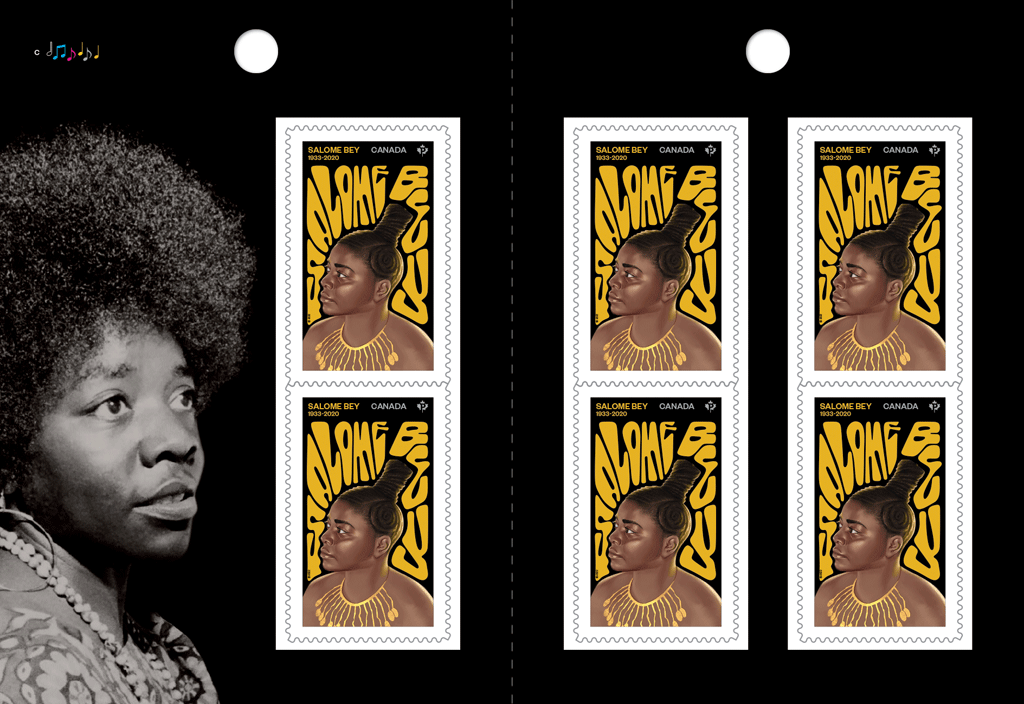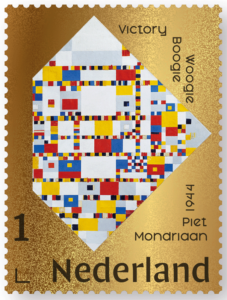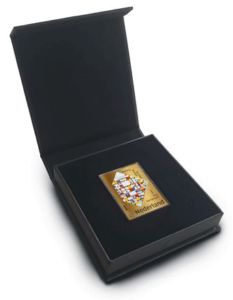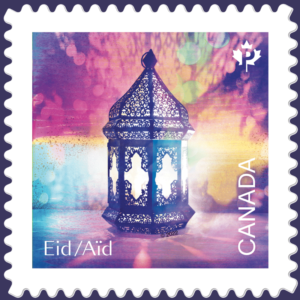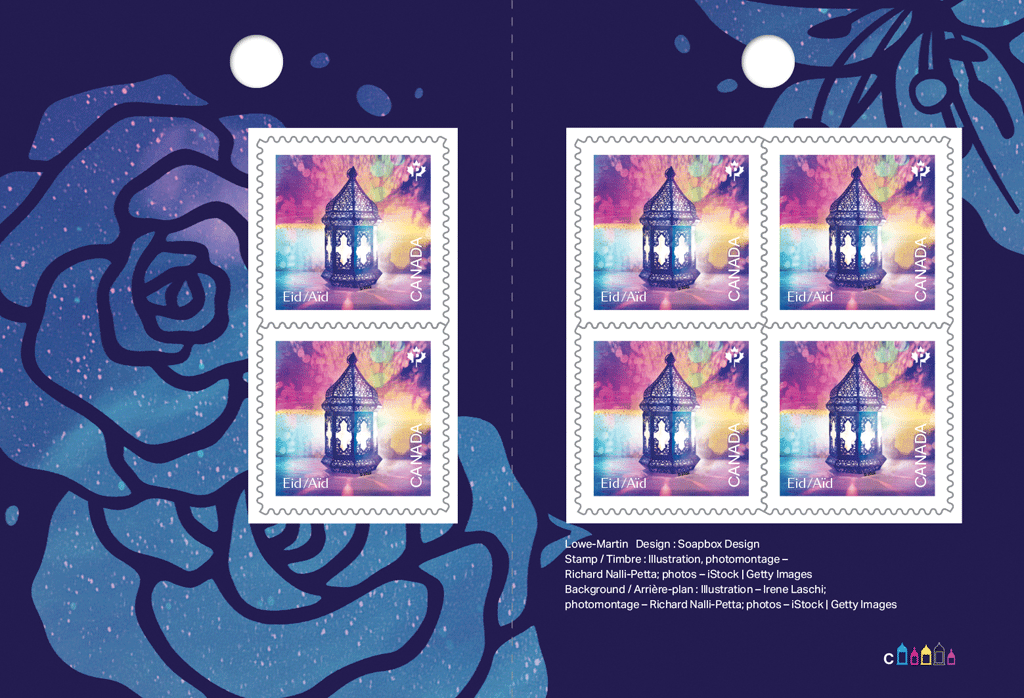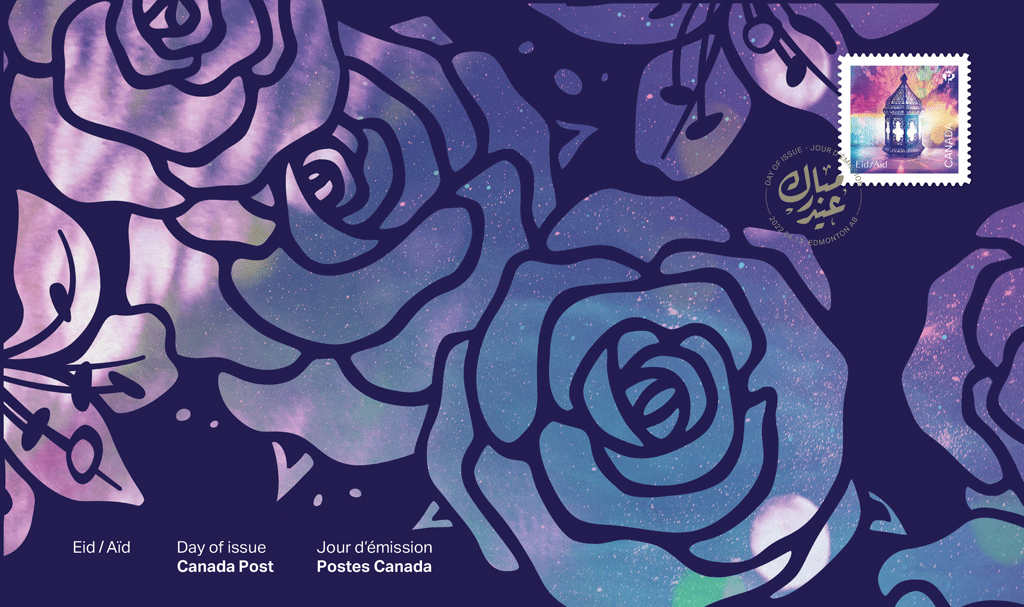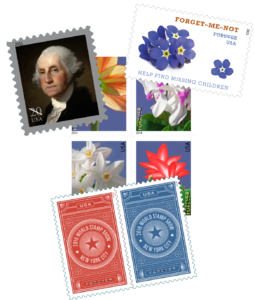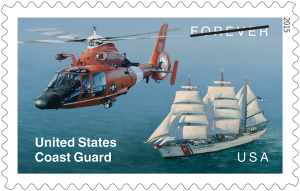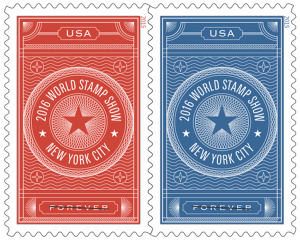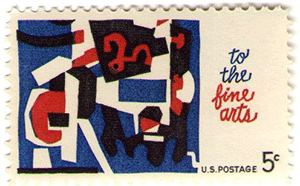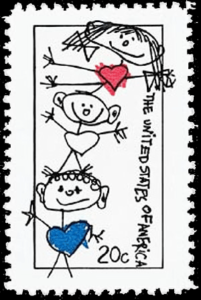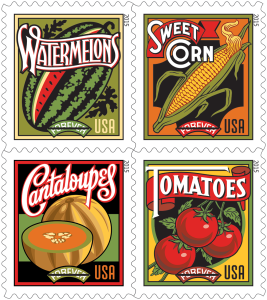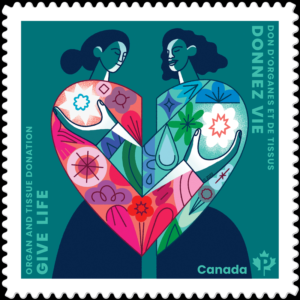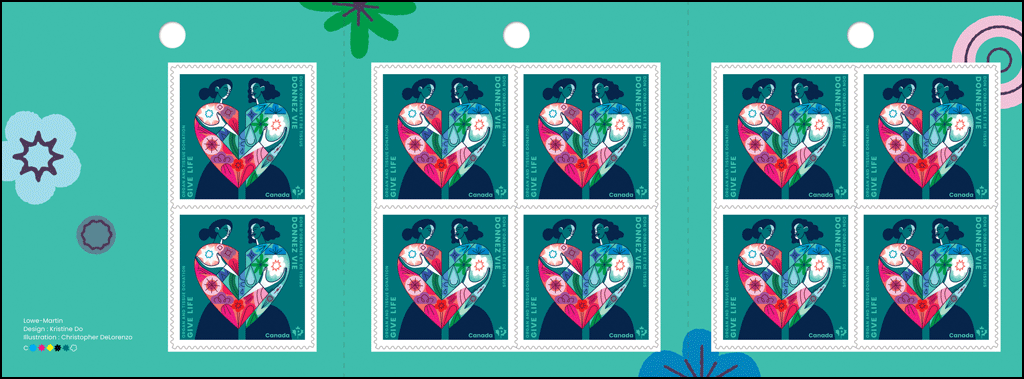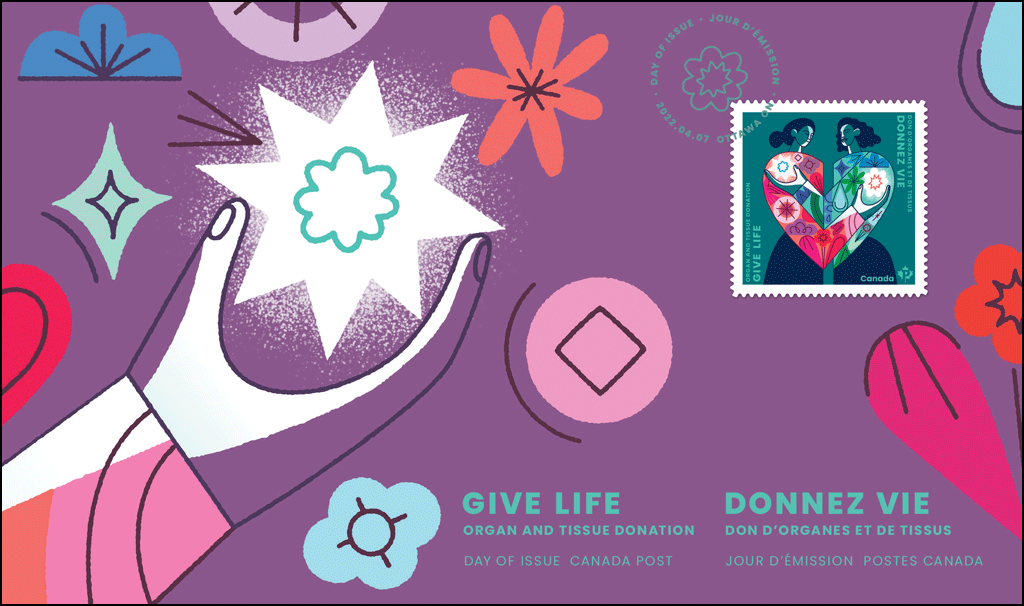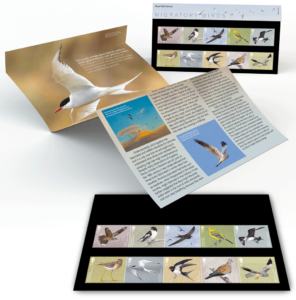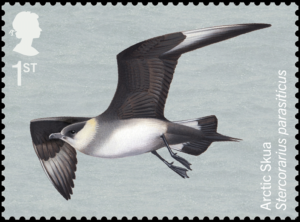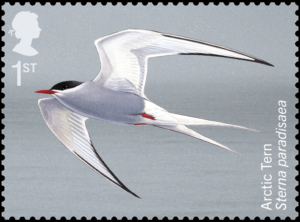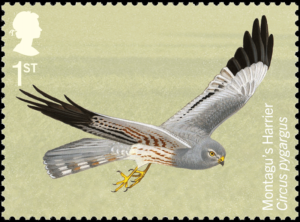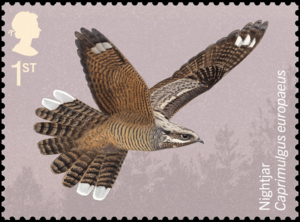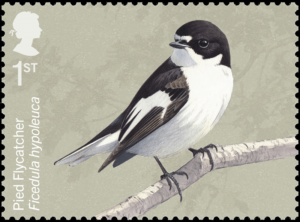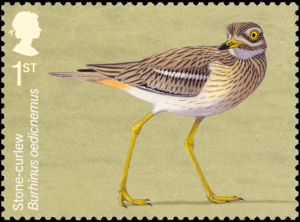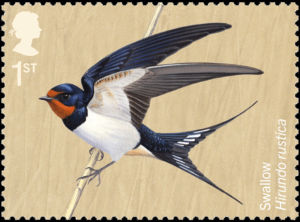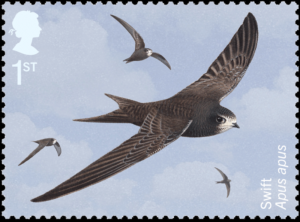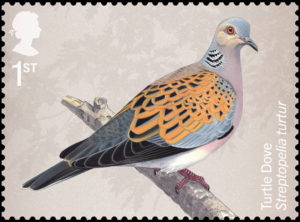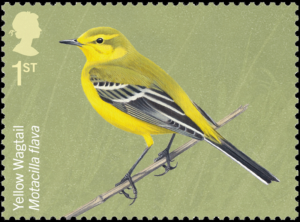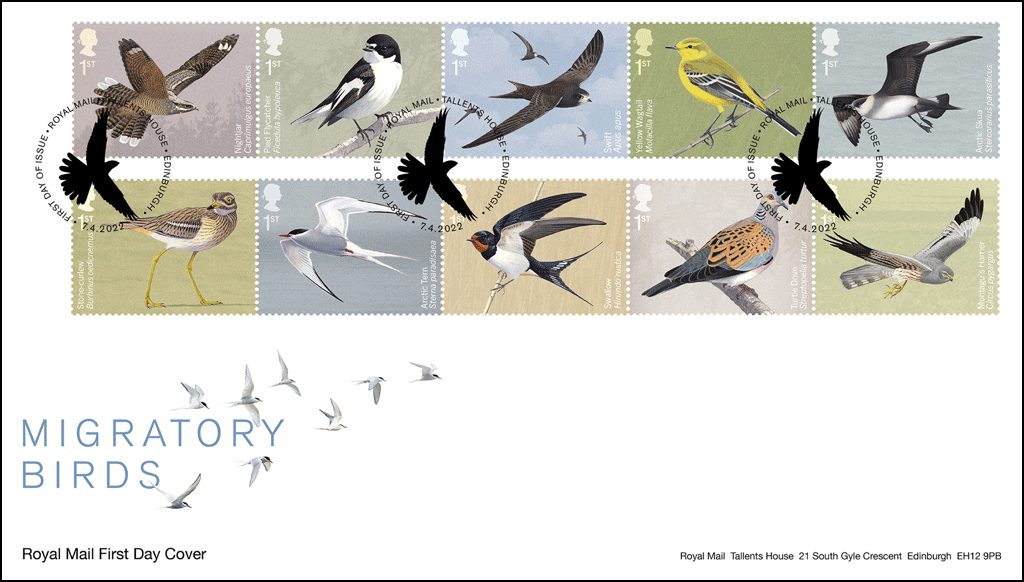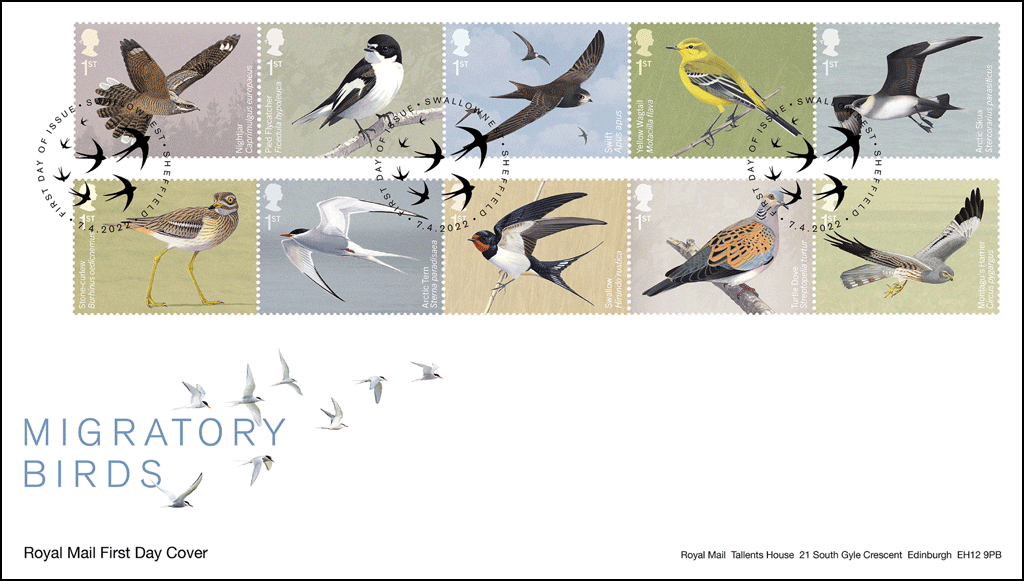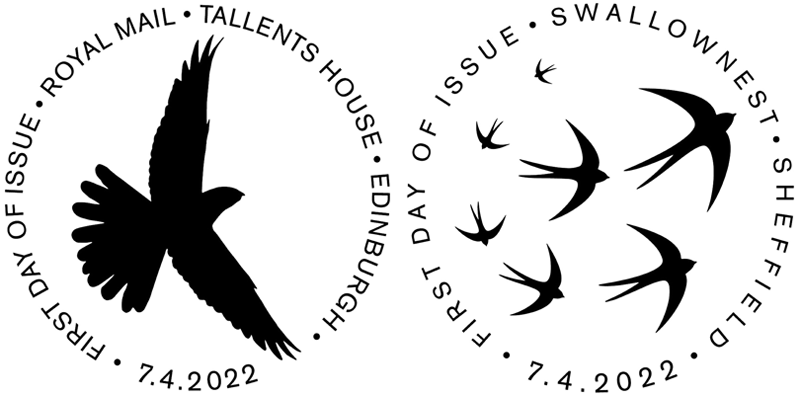[press release] [click on any of the pictures for larger versions]
New Stamps from Royal Mail Pay Tribute to Unsung Heroes – The Women of World War II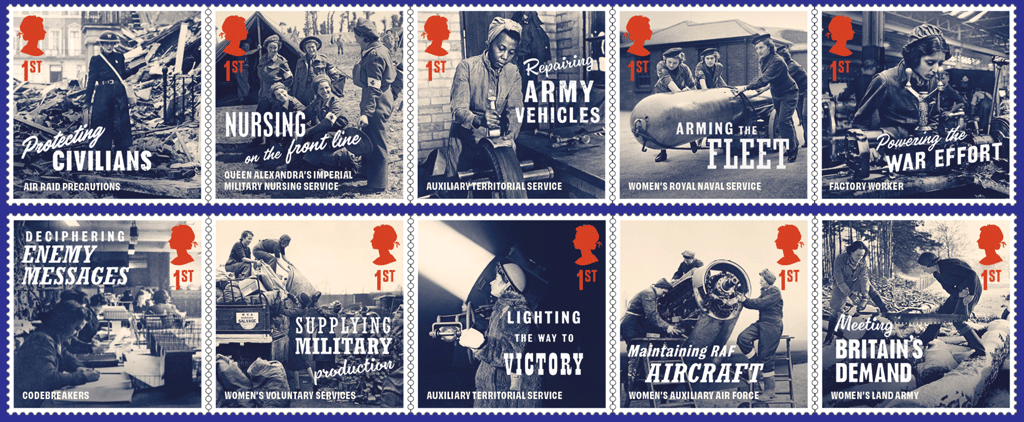
- The 10 stamps in the main set illustrate the huge range of work women undertook during the war years of 1939-1945
- Included is a rare photograph showing female codebreakers working at Bletchley
- A further four stamps, presented in a miniature sheet, showcase the work of the ‘Spitfire Women’, an incredibly brave and ground-breaking group of female pilots
- Royal Mail worked with Professor Lucy Noakes, Rab Butler Chair in Modern History, Department of History at the University of Essex, Fellow of the Royal Historical Society, on the stamp issue, and also, Richard Poad from the Air Transport Auxiliary Museum and Professor Richard Overy, Professor of History at Exeter University
- The stamps are available to pre-order from today (28 April) at
www.royalmail.com/unsungheroes and by phone on 03457 641 641 - The stamps go on general sale on 5 May – with the Presentation Pack, containing all the stamps, priced at £16.00
Royal Mail has revealed a new set of 14 stamps that pay tribute to women’s vital contribution during World War II.
Entitled Unsung Heroes: Women of World War II, the main set of 10 stamps illustrate  the huge range of work women undertook during the war years.
the huge range of work women undertook during the war years.
Included is a rare photograph showing female codebreakers working at Bletchley, where they translated Axis material and operated the complex cryptographic machinery. [right]
A further four stamps, presented in a miniature sheet, showcase the brave work of the Ferry Pilots of the Air Transport Auxiliary – known as the ‘Spitfire Women’ – an incredibly brave and ground-breaking group of female pilots.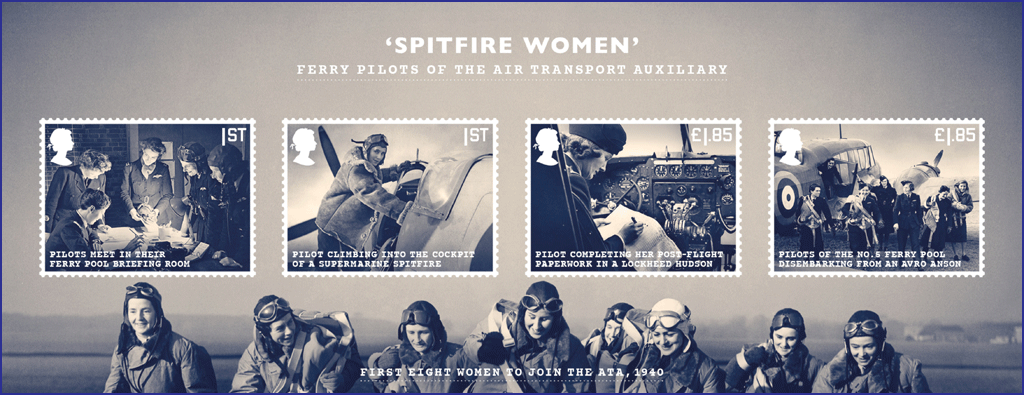 David Gold, Director External Affairs & Policy, Royal Mail, said: “These stamps are a tribute to the millions of women who contributed to the war effort and the Allied victory. Their bravery and sacrifice is often overlooked, but their work helped to drive some of the post-war social changes that eventually saw equal opportunities and equal pay legislation. We must also remember the women who supported the war effort at home, managing households despite the unceasing demands of total war.”
David Gold, Director External Affairs & Policy, Royal Mail, said: “These stamps are a tribute to the millions of women who contributed to the war effort and the Allied victory. Their bravery and sacrifice is often overlooked, but their work helped to drive some of the post-war social changes that eventually saw equal opportunities and equal pay legislation. We must also remember the women who supported the war effort at home, managing households despite the unceasing demands of total war.”
Rising to the challenge:
Until 1941, women’s work was voluntary, but the increased demands of a global war meant that female conscription was increasingly seen as necessary by the government. By the middle of 1943, the majority of women in wartime employment, both full and part-time,  were working in industry, agriculture and the women’s services. The women’s auxiliary services were established at the outset of the war: the Auxiliary Territorial Service (ATS) in 1938, and the Women’s Auxiliary Air Force (WAAF) and Women’s Royal Naval Service (WRNS) in 1939.
were working in industry, agriculture and the women’s services. The women’s auxiliary services were established at the outset of the war: the Auxiliary Territorial Service (ATS) in 1938, and the Women’s Auxiliary Air Force (WAAF) and Women’s Royal Naval Service (WRNS) in 1939.
To begin with, roles in the ATS were limited to cooks, cleaners, orderlies, store-women, and drivers, but as the war went on these were expanded to include other duties, notably work on the anti-aircraft sites. More roles were open to women in the WAAF and the WRNS, while the ‘Spitfire women’ of the civilian Air Transport Auxiliary (ATA) delivered planes to airfields around the country.
Among the volunteers were many women from the then British colonies and Dominions, who served in the auxiliary and medical services. Other women worked as nurses, air raid wardens and tube and bus drivers, while over one million women volunteered with the  Women’s Voluntary Services. At the war’s end, many of these roles disappeared, but women’s contribution to the war effort is commemorated by the Women of World War II memorial in central London.
Women’s Voluntary Services. At the war’s end, many of these roles disappeared, but women’s contribution to the war effort is commemorated by the Women of World War II memorial in central London.
Royal Mail worked with Professor Lucy Noakes, Rab Butler Chair in Modern History, Department of History at the University of Essex, Fellow of the Royal Historical Society, on the stamp issue, and also, Richard Poad from the ATA Museum and Professor Richard Overy, Professor of History at Exeter University.
The stamps are now available to pre-order at www.royalmail.com/unsungheroes and by phone on 03457 641 641. The stamps will be available on general sale on 5 May – with the Presentation Pack, containing all the stamps, priced at £16.00.
Technical Details – Stamps:
Number of stamps: Ten
Value of Stamps: 10 x 1st Class
Design: Supple Studio
Acknowledgements:
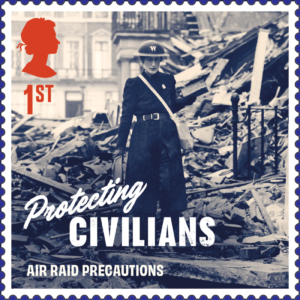 Air Raid Precautions photo © Fox Photos/Hulton Archive/Getty Images
Air Raid Precautions photo © Fox Photos/Hulton Archive/Getty Images- Queen Alexandra’s Imperial Military Nursing Service photo © IWM B 5842
- Auxiliary Territorial Service (Repairing Army vehicles) photo © Hulton-Deutsch Collection/Corbis via Getty Images
- Women’s Royal Naval Service photo © IWM A 19470
- Factory worker photo © Bert Hardy/Picture Post/Hulton Archive/Getty Images
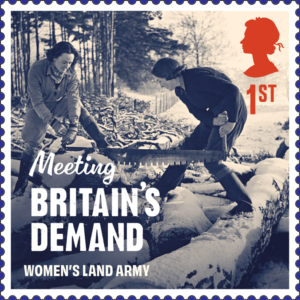 Codebreakers photo used with kind permission of Director GCHQ
Codebreakers photo used with kind permission of Director GCHQ- Women’s Voluntary Services photo © Evening Standard/Hulton Archive/Getty Images
- Auxiliary Territorial Service (Lighting the way to victory) photo © Popperfoto/Getty Images
- Women’s Auxiliary Air Force photo © Hulton Archive/Getty Images
- Women’s Land Army photo © Sayers/Popperfoto/Getty Images
Stamp designs © Royal Mail Group Ltd 2022
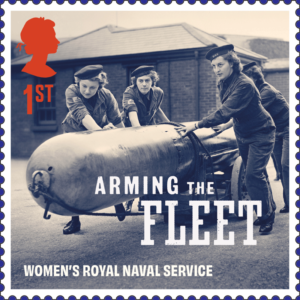
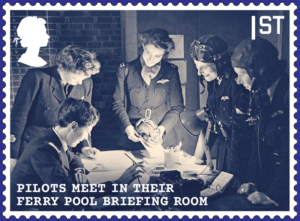 Words: Professor Lucy Noakes
Words: Professor Lucy Noakes
Pack design © Royal Mail Group Ltd 2022
Stamp Format:Square
Number per sheet:50/ 25
Stamp Size: 35mm x 35mm
Printer: International Security Printers
Print Process: Lithography
Perforations: 14.5 x 14.5
Phosphor: bars as appropriate
Gum: PVA
Technical Details – MiniSheet:
Number of stamps: Four
Value of Stamps: 1st x 2, 2 x £1.85
Design: Supple Studio
Acknowledgements:
- Background image – First eight women to join the ATA, 1940 photo © Saidman/Popperfoto via Getty Images
- Pilots meet in their ferry pool briefing room photo © Leonard McCombe/Picture Post/Hulton Archive/Getty Images
- Pilot climbing into the cockpit of a Supermarine Spitfire and Pilot completing her post-flight paperwork in a Lockheed Hudson photos © Maidenhead Heritage Trust
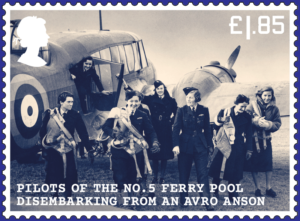 Pilots of the No. 5 Ferry Pool disembarking from an Avro Anson photo © Fox Photos/Hulton Archive/Getty
Pilots of the No. 5 Ferry Pool disembarking from an Avro Anson photo © Fox Photos/Hulton Archive/Getty
Stamp designs © Royal Mail Group Ltd 2022 Card design: Supple Studio
Words: Professor Lucy Noakes
Stamp Format: Landscape
Stamp Size: 41mm x 30mm
Miniature Sheet Size: 192mm x 74mm
Printer: International Security Printers
Print Process: Lithography
Perforations: 14.5 x 14
Phosphor: bars as appropriate
Gum: PVA
Philatelic Products:
Stamp set AS8500 £9.50
Miniature Sheet MZ175 £5.60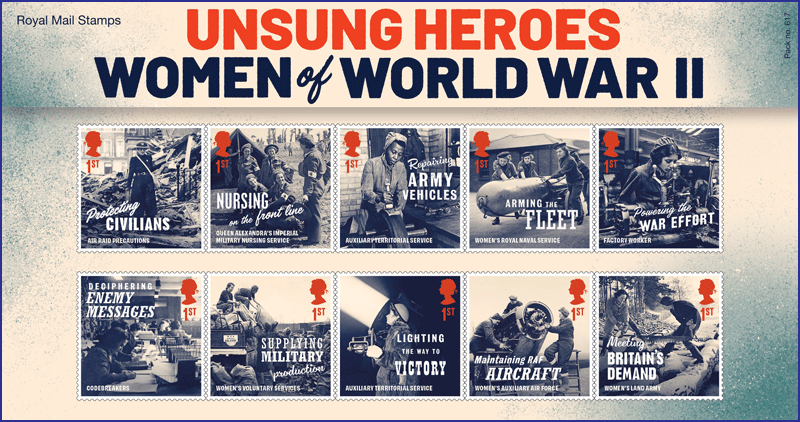 Presentation Pack AP506 £16.00 (above)
Presentation Pack AP506 £16.00 (above)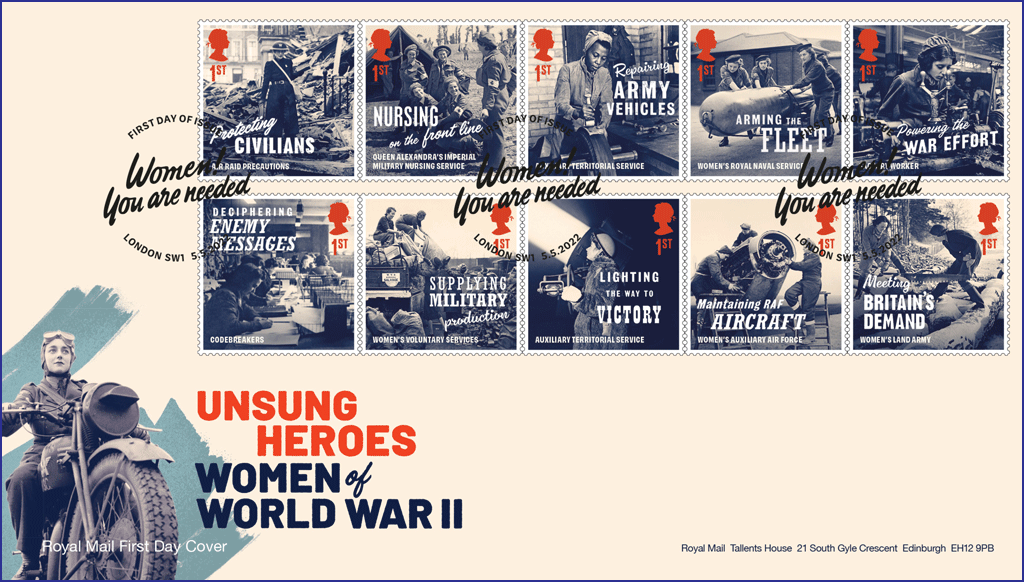 First Day Cover – Stamps AF486 £12.05 (above)
First Day Cover – Stamps AF486 £12.05 (above)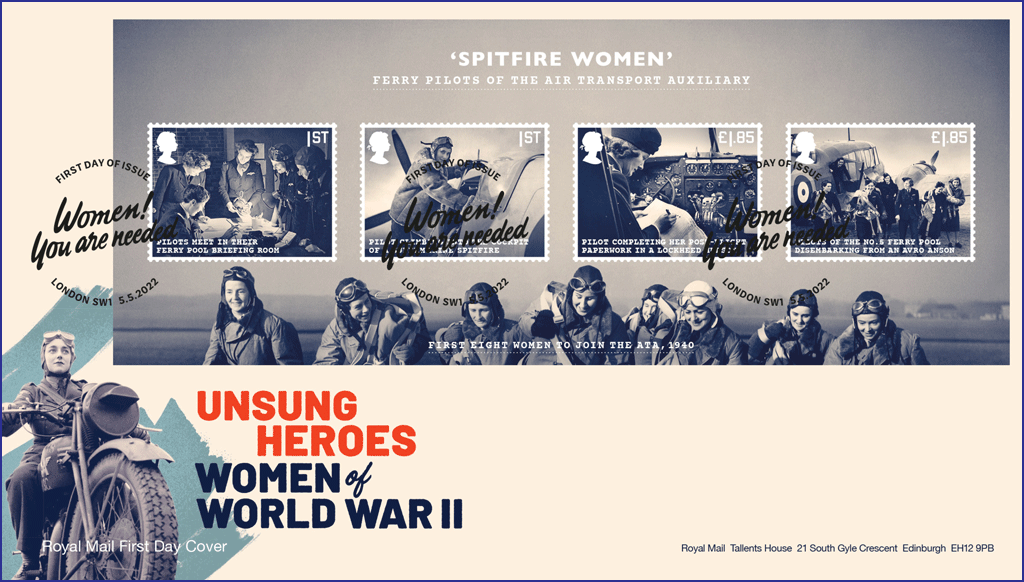 First Day Cover – Minisheet MF170 £7.40 (above)
First Day Cover – Minisheet MF170 £7.40 (above) 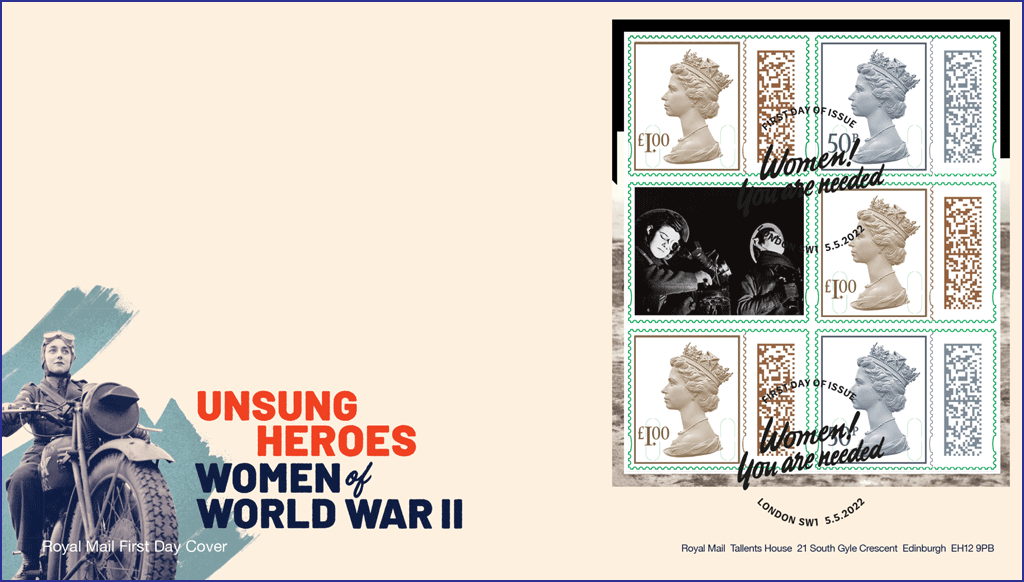 First Day Cover – PSB pane HF100 £5.45
First Day Cover – PSB pane HF100 £5.45
Stamp Souvenir AW215 £12.05
Stamp Sheet Souvenir AW216 £7.40
First Day Envelope AE441 £0.30
Postcards AQ322 £6.75
Prestige Stamp Book YB106 £20.75
Press Sheet PZ061 £78.40
Framed Stamps N3287 £29.99
Framed Miniature Sheet N3288 £29.99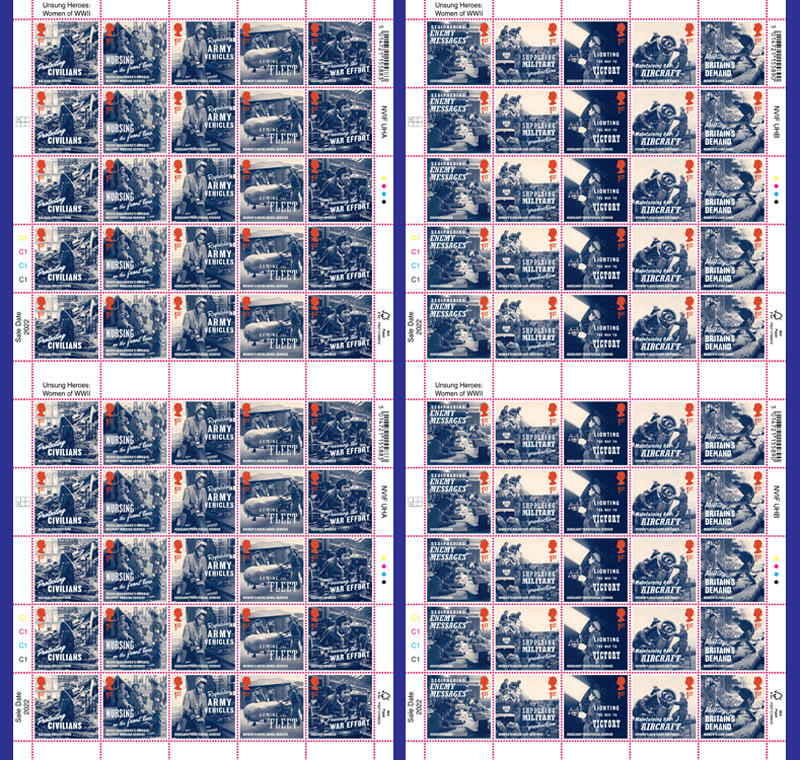 Full 50 x 1st Class stamp sheet AS8500AFS £47.50
Full 50 x 1st Class stamp sheet AS8500AFS £47.50
Half 25 x 1st Class stamp sheet AS8500AHS £23.75
Full 50 x 1st Class stamp sheet AS8500BFS £47.50
Half 25 X 1st Class stamp sheet AS8500BHS £23.75
Two first day postmarks are available:  There are four PSB panes:
There are four PSB panes: 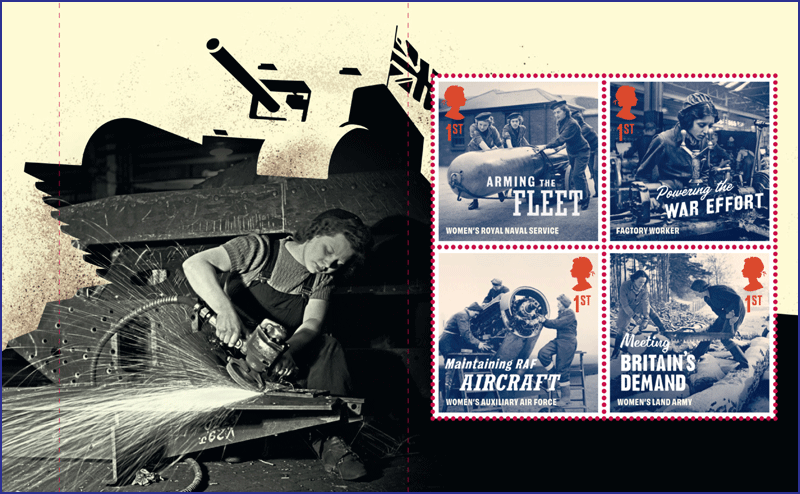
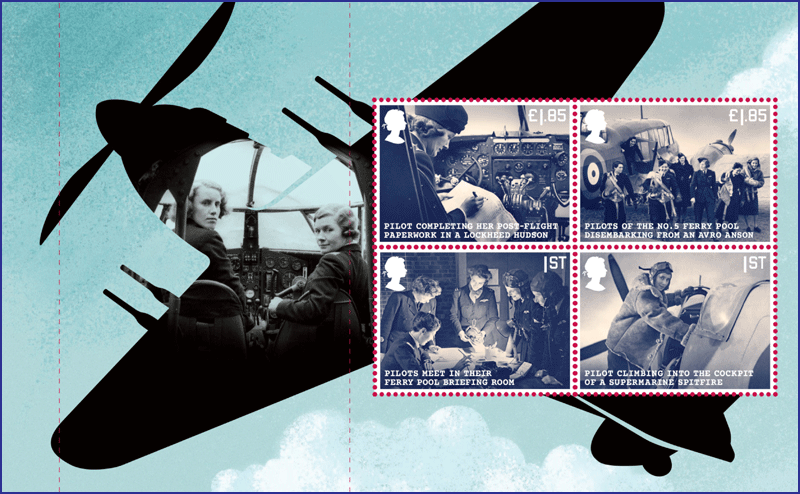
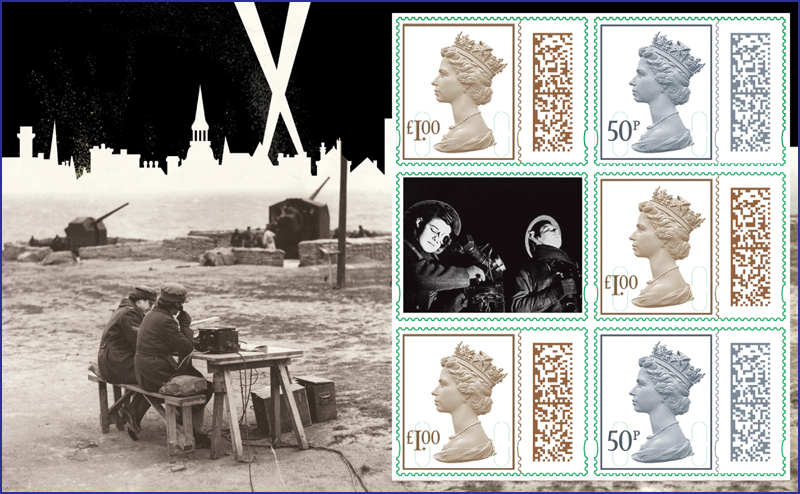
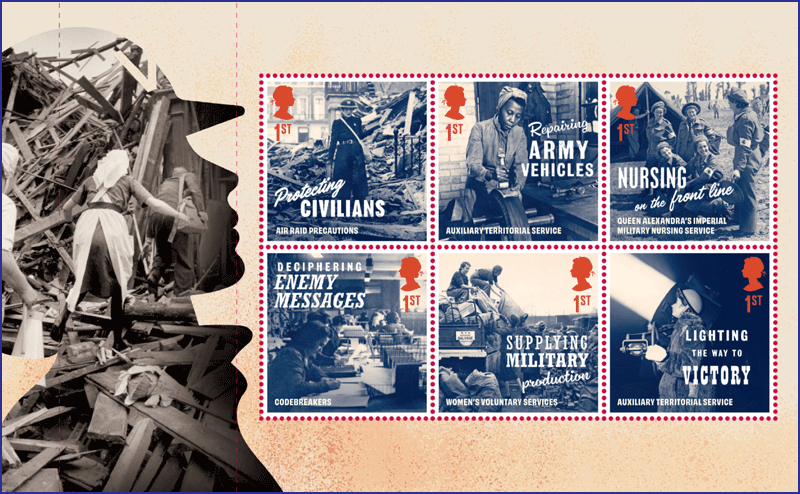 Here are the single stamps not illustrated separately above:
Here are the single stamps not illustrated separately above: 


 Here are the minisheet stamps not illustrated above:
Here are the minisheet stamps not illustrated above: 